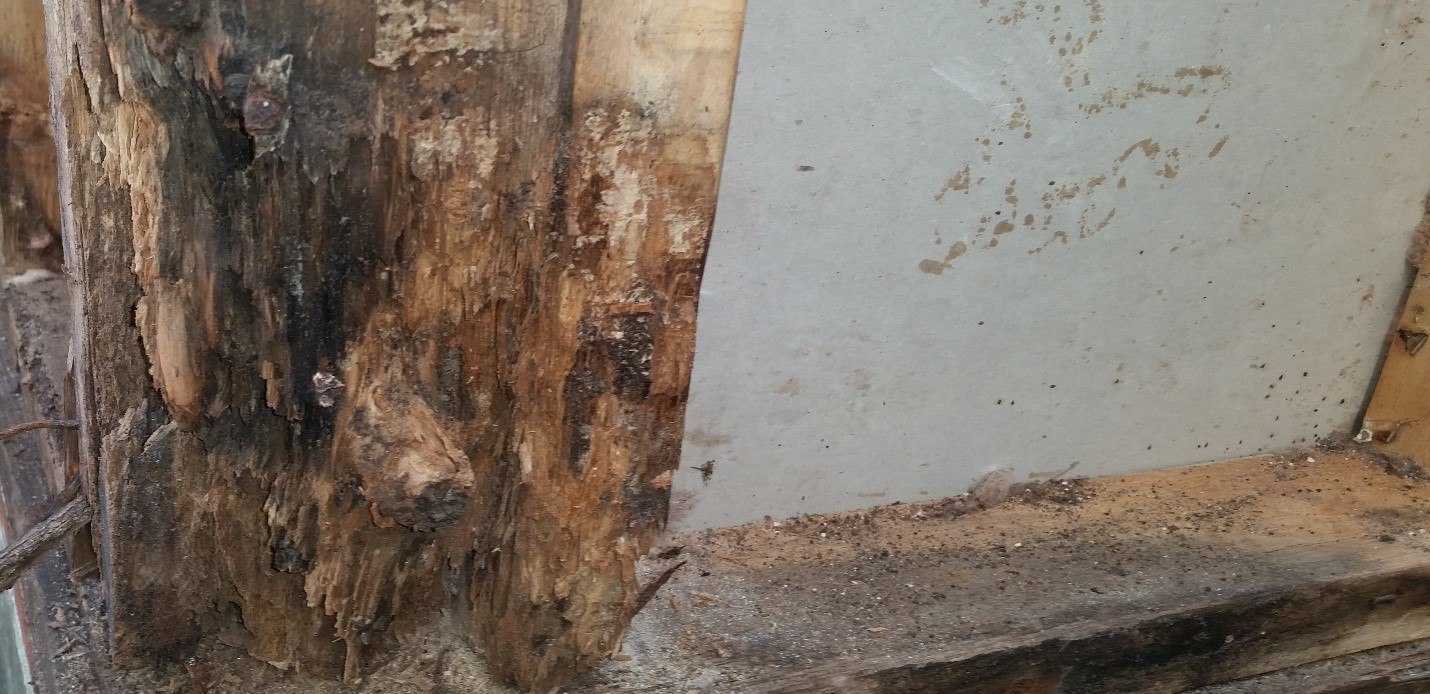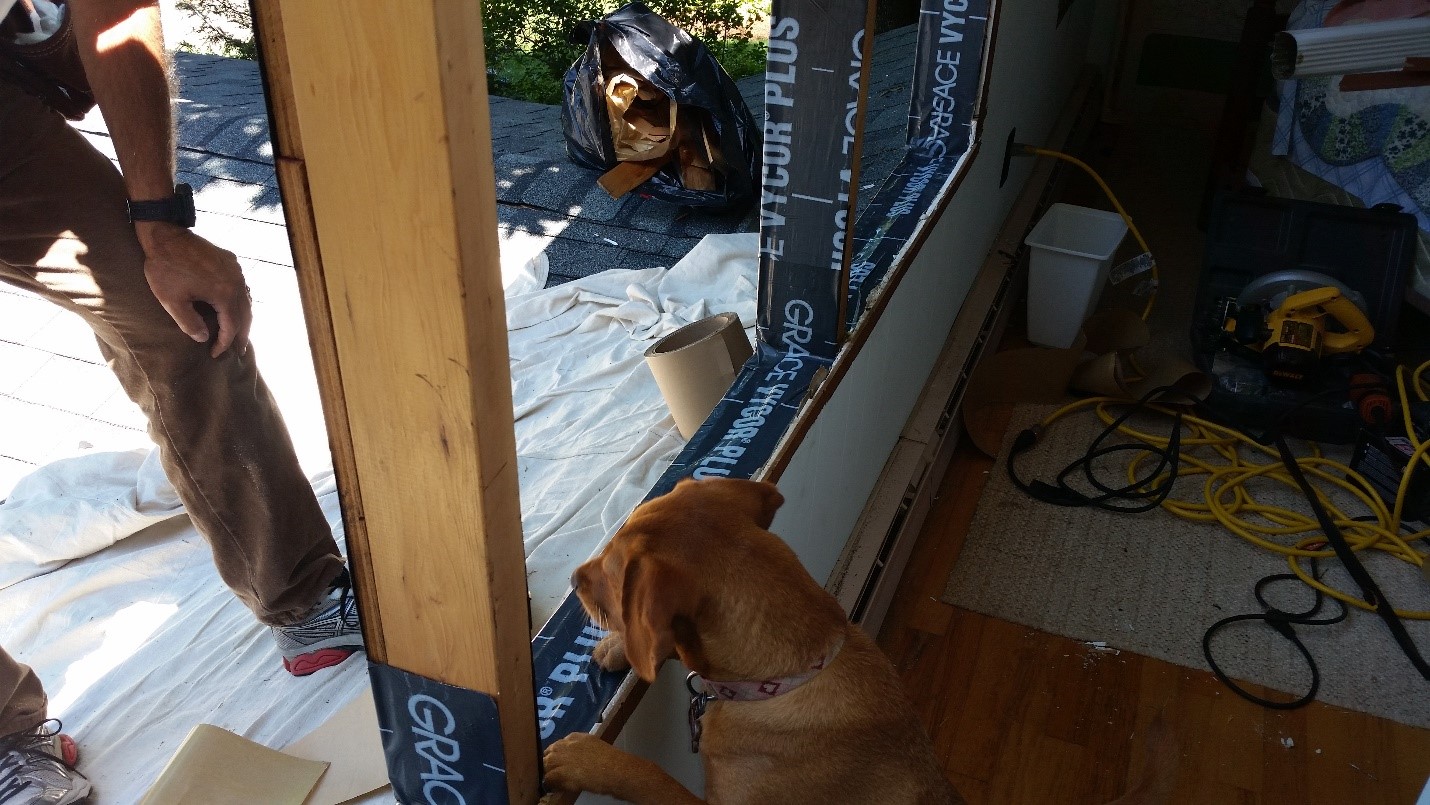Enamel for Your Window Sill
How’s the enamel on your window sill holding up? If you’re confused allow me to explain.
Our teeth have enamel on them. Enamel is a highly mineralized substance that acts as a barrier to protect our teeth so they don’t get exposed to decay and rot out of our mouths. Our window sills should have enamel-like material to protect against molding and rot. This material is called pan flashing.
What is Pan Flashing and is it Necessary?
Pan flashing is a material that should be installed below every window and door rough opening prior to their installation. It is designed to collect and direct water that may leak through the window or door sills to the outside.
Pan flashing should be made from a durable water proof material and have a back dam or positive slope which will direct water to the outside. It should be made with end dams or lapped up the sides at least 6 inches to prevent water from moving laterally into the wall of the home. And lastly, it should lap over the building wrap of the home to prevent water from entering or damaging the sheathing. Take away pan flashing and you could be in for a rotten time.
I became very familiar with the results of not using pan flashing when I replaced the old windows in my home. My home was built in 1989 and pan flashing was not used during this period. I knew that my window sills and the wood brick molding were showing signs of rot, however I did not realize that water had been penetrating through the window frame and into the wood framing of the home. When I removed the windows, I found that the 2×4 framing was completely rotted due to water penetrating at the window sills
If pan flashing had been installed, the wood framing wood not have been damaged, and the water would have exited out and along the exterior house wrap. Prior to installing the new windows, I installed pan flashing with the use of a self- adhesive membrane. As you can see below, my dog supervised the installation and made sure it was done correctly.
Is pan flashing now required?
According to the 2012 International Residential Code(IRC) 703.8, “pan flashing shall be installed at the sill of exterior window and door openings. Pan flashing shall be sealed or sloped in such a manner as to direct water to the surface of the exterior wall finish or to the water-resistive barrier for subsequent drainage.” The short answer is yes; however, the code does provide alternatives.
First, it defers to the manufacturer’s installation and flashing instructions. So, if the door or window manufacturer provides instructions that don’t require pan or other flashing, then you would follow those instructions. However, most major window and door manufacturers recommend the use of pan flashing. Second, you can use an alternate design or method of a registered design professional. A registered design professional would be an architect that designed the building plans. Or third, flashing can be installed “in accordance with other approved methods such as local building codes.” An “approved method” could be one that your local building inspector approves.
There are many methods of installing pan flashing. The method that I chose was a flexible self- adhering material that is installed on the wood sill prior to the window installation. Remember, installing pan flashing or other approved methods of preventing water penetration at widow and door sills is just good home practice. Something that window and door manufactures recommend, and current building code requires. Just like our tooth enamel, the seals on your doors or windows will not last forever, and having pan flashing can be a huge construction cost savings if a leak occurs.





